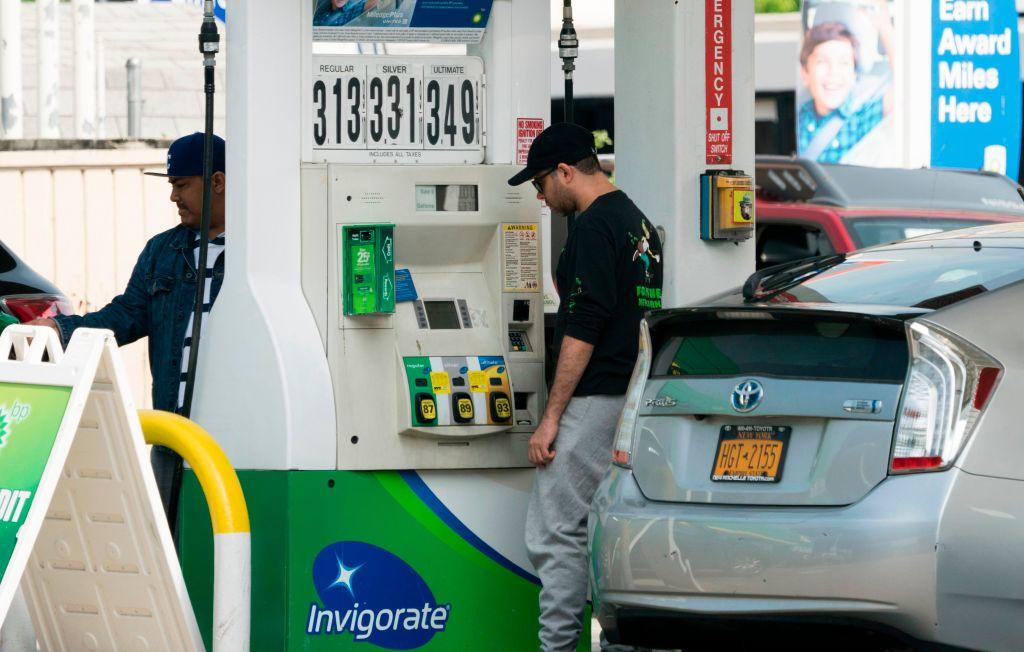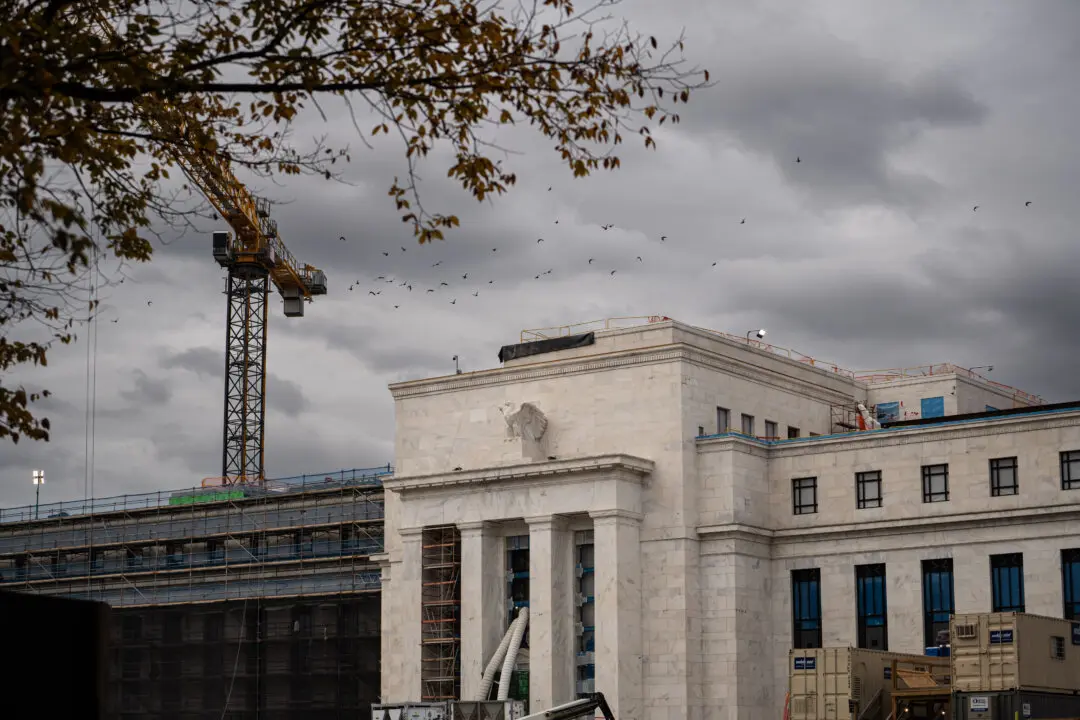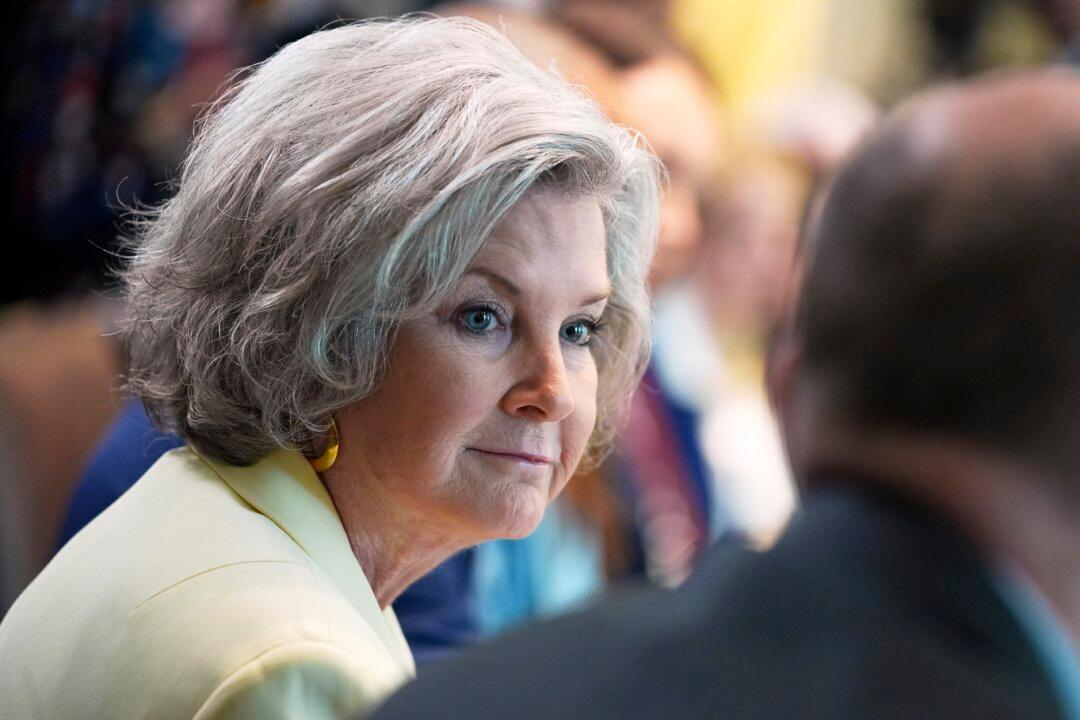WASHINGTON—Consumer prices rose in October slightly below consensus estimates, potentially easing some worries that higher inflation could lead the Federal Reserve to take a much more hawkish stance on interest rates.
The core Consumer Price Index advanced 0.19 percent on a monthly basis last month, according to the Bureau of Labor Statistics. The consensus estimate was a monthly reading of 0.20 percent or higher, according to a Citi report.





